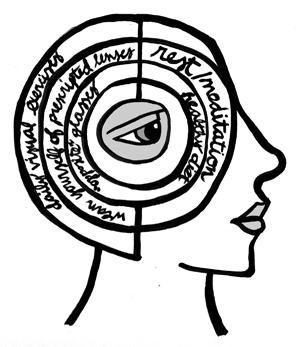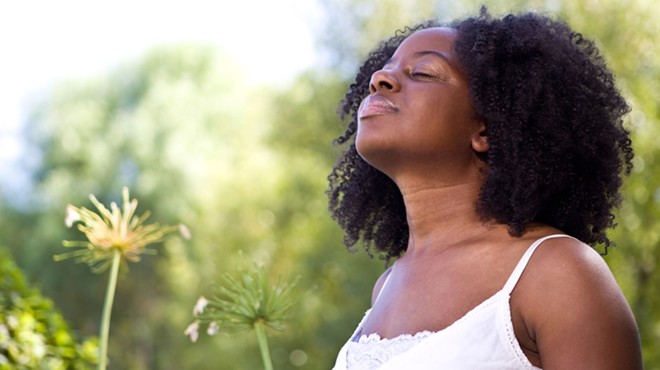“Most laypeople are under the impression that if you see 20/20, then that’s perfect,” says Dr. Daniel Lack, an optometrist, vision therapist, and the director of vision services at the Northeast Center for Special Care in Lake Katrine. “But just as a camera has to change focus to see things at different distances, your eyes need to work together to focus on something,” he says. “When they are seeing far away, the eyes are looking parallel. When they see close up, the eyes must turn in toward each other”—a skill called convergence.
“Children who have learning problems often have convergence insufficiency,” says Lack. “Tracking is worse in children with learning disabilities, too. Most learning-disabled children have a vision problem that is at least contributing to it, if not causing it.” Parents and teachers don’t realize that the in-school eye exam only tests acuity, which may give a false assurance that there is no visual problem. “School nurses do a great job with the tools they are given, but they cannot check all these skills.”
Without testing other eye skills, children and even adults may be diagnosed with a learning or behavioral disorder and treated pharmacologically. “One of my patients had a pediatrician who was going to prescribe Ritalin for ADD (attention deficit disorder),” says Lack. “But they came to me after hearing a talk, and we were able to use vision therapy instead of medication. Through visual learning activities, the patient learned to use their visual system efficiently.” Lack adds that even children who are already doing well might do better if their vision were improved through tracking tests and therapy. People with brain injuries or stroke deficiencies also benefit from this approach.
Your eyes’ keeper
Hopefully you see that eyeballs aren’t just a bit of hardware we’re entitled to. They are living, changing entities. What’s more, good eyesight is just one aspect of a healthy visual system. How you treat not only eyes, but also the rest of you, impacts your vision. We’ve all heard that carrots are good for our eyes (and that’s the extent of vision-care schooling for many of us!). Indeed, nutrition is one way to support visual health.
Carotenoids, which are abundant not only in carrots but leafy green vegetables, appear to protect against and even improve macular degeneration (a progressive loss of retina function). Studies have shown that vitamin C, abundant in healthy eyes, is lower in people who are developing cataracts, and this vitamin is a routine part of glaucoma treatment in Europe. So citrus fruits, red peppers, and tomatoes are good vision-support foods. Several other nutrients that help regulate fluid movement and pressure in the eye, such as omega-3 fatty acids, magnesium, and ginkgo biloba, can also moderate glaucoma.
As Grossman reminds us, these and several other nutrients with vision-healing potential should not be the only approach. Nothing replaces a nutritious diet overall, especially when it’s combined with a positive, healthy lifestyle that also includes regular exercise and daily relaxation such as meditation or a walk in nature. As a holistic healer and not just an eye doctor, he adds, “The rapid pace of our lives often interferes with us taking the time to really take care of ourselves. Caring for ourselves helps to keep our bodies healthy, and maximizes the mind/body’s inherent healing potential.”













